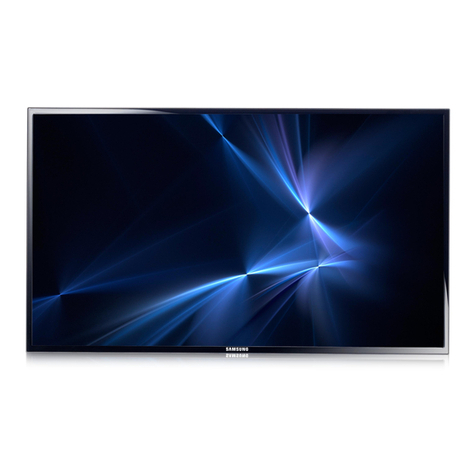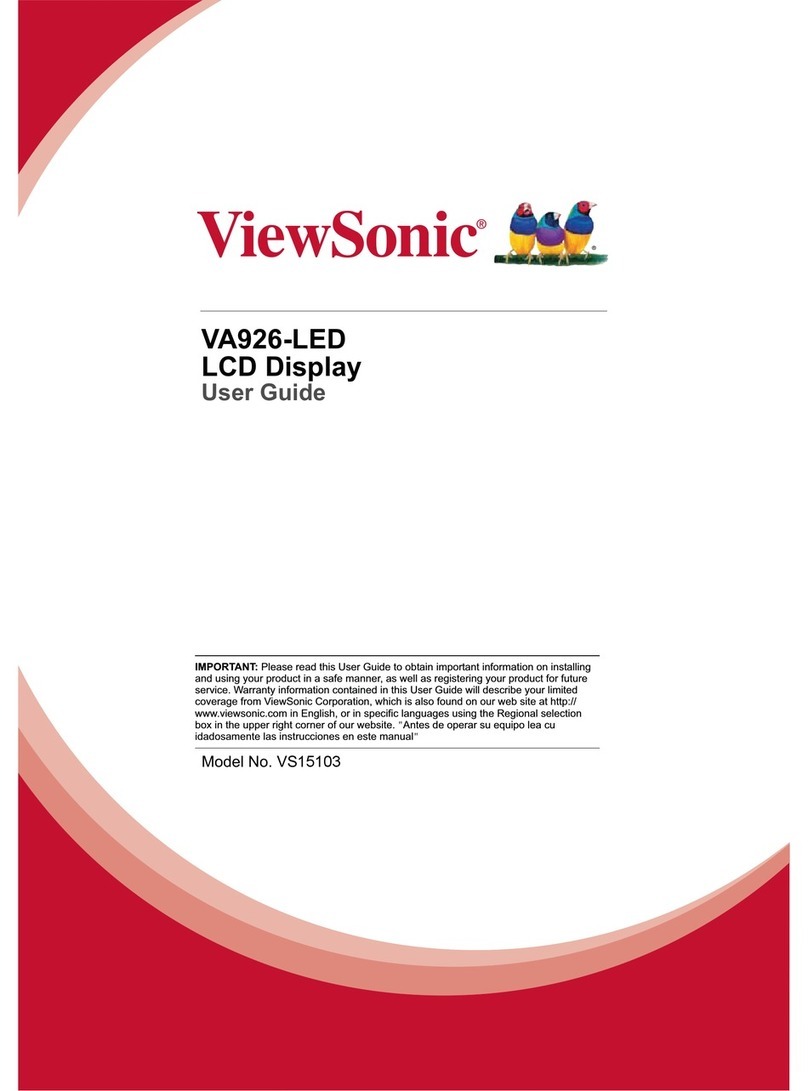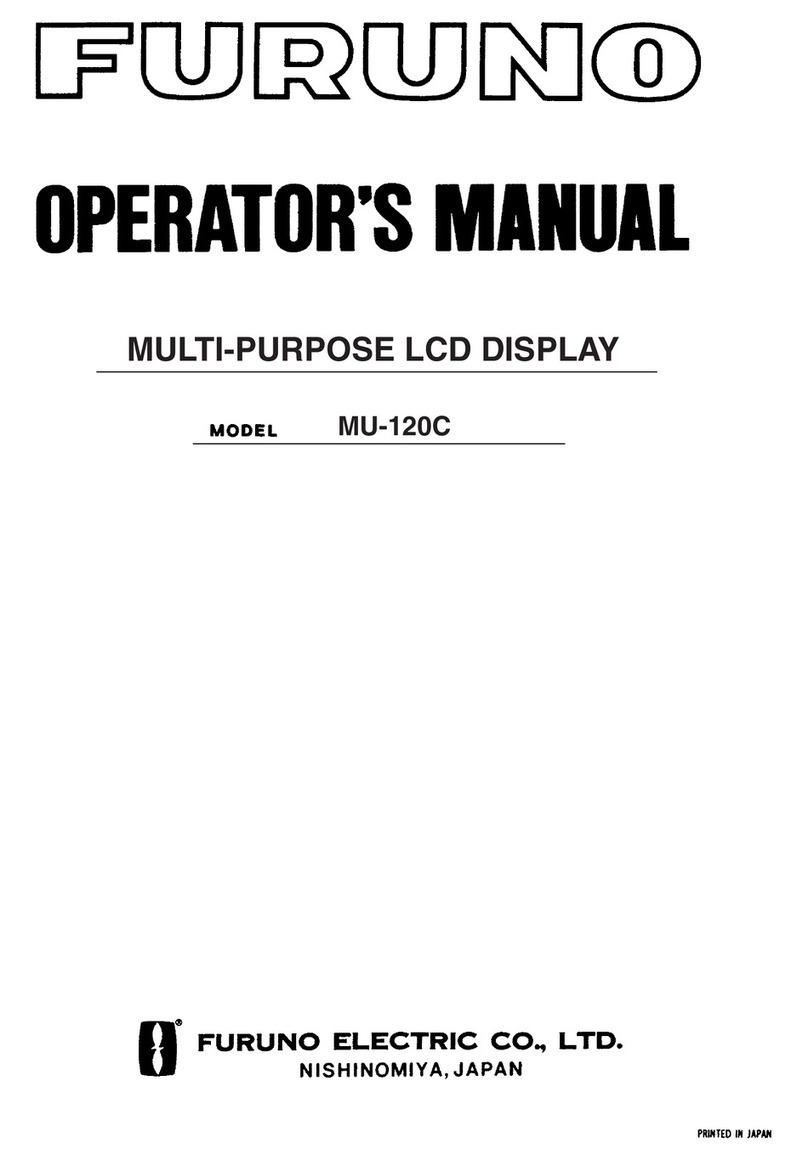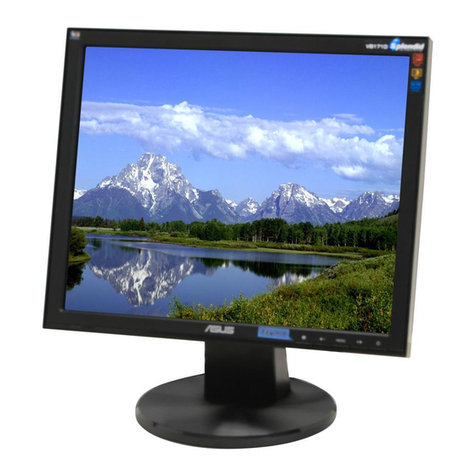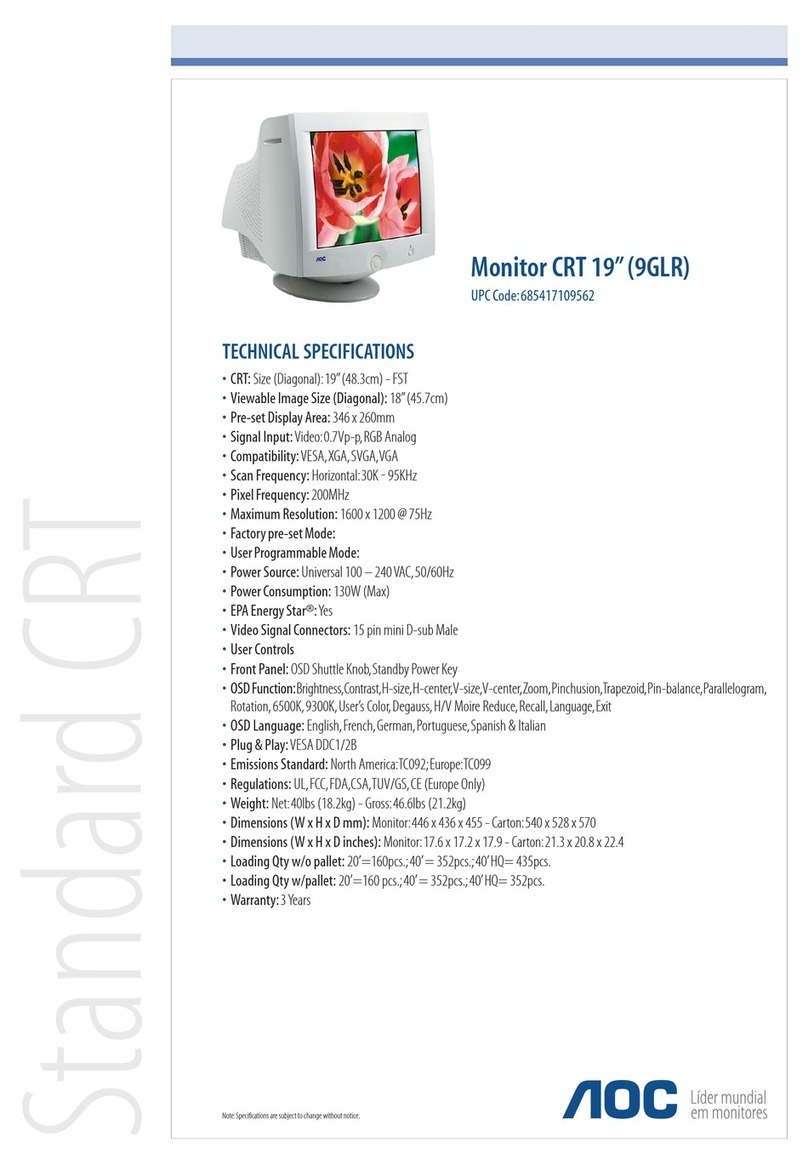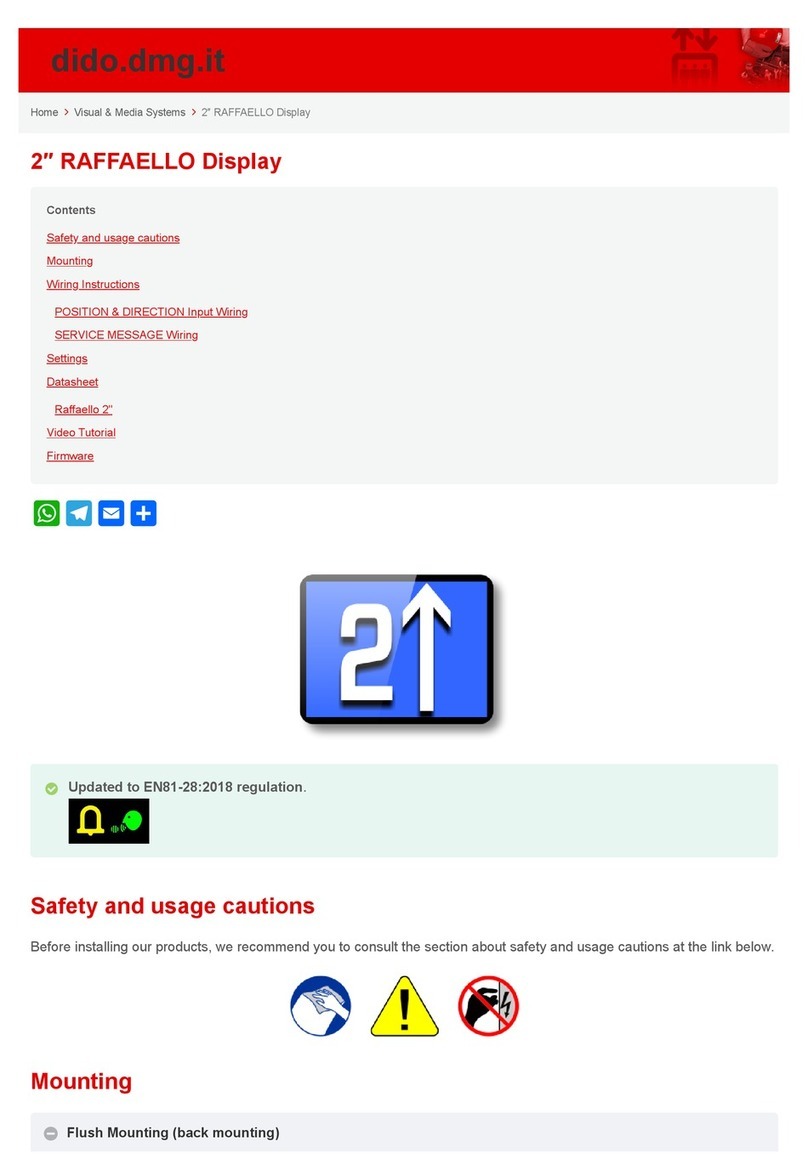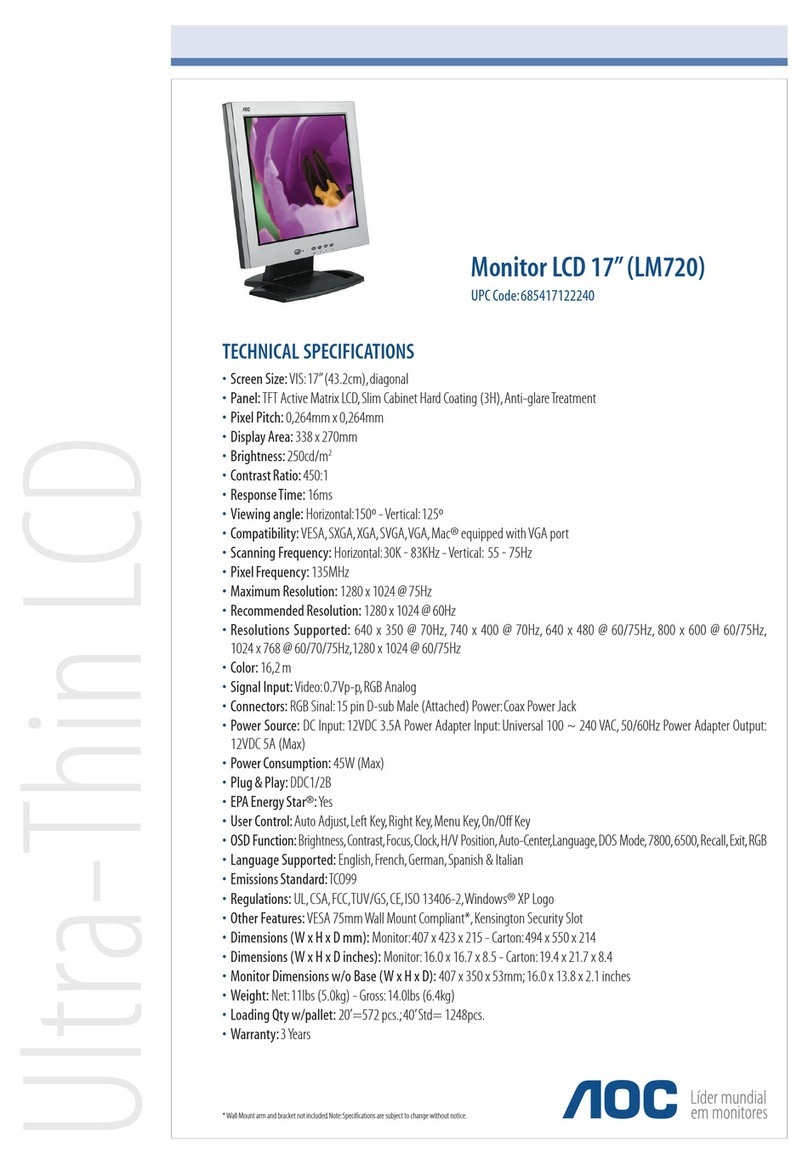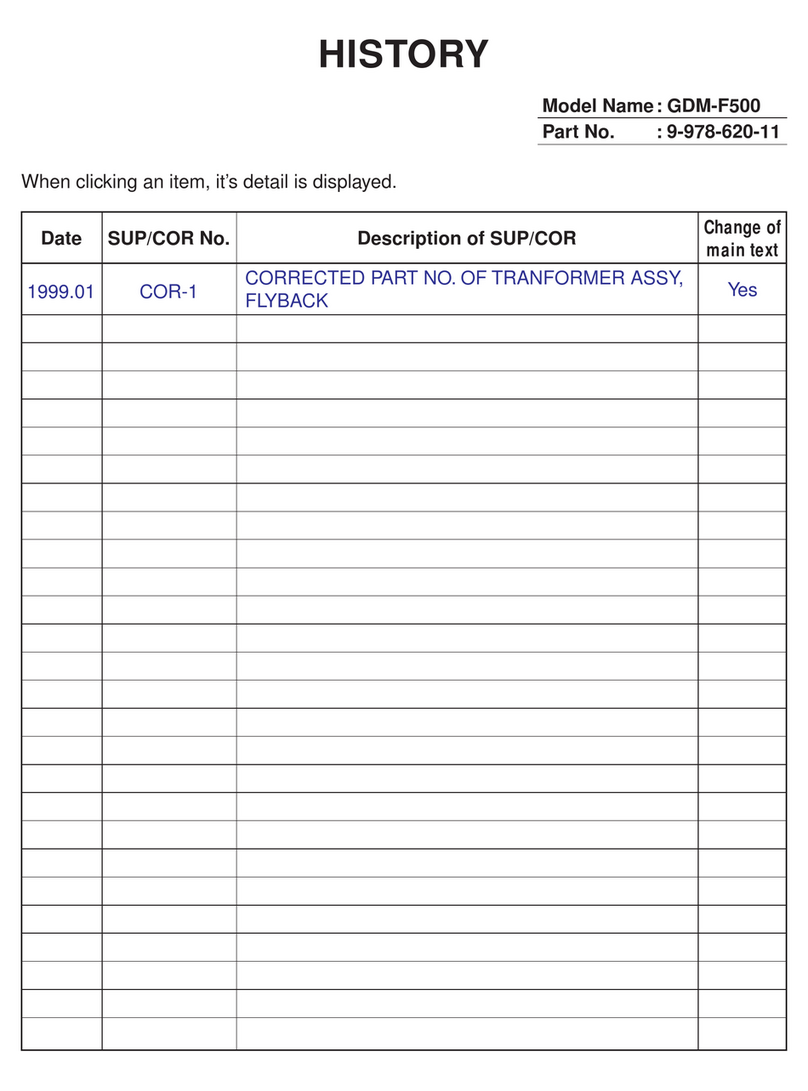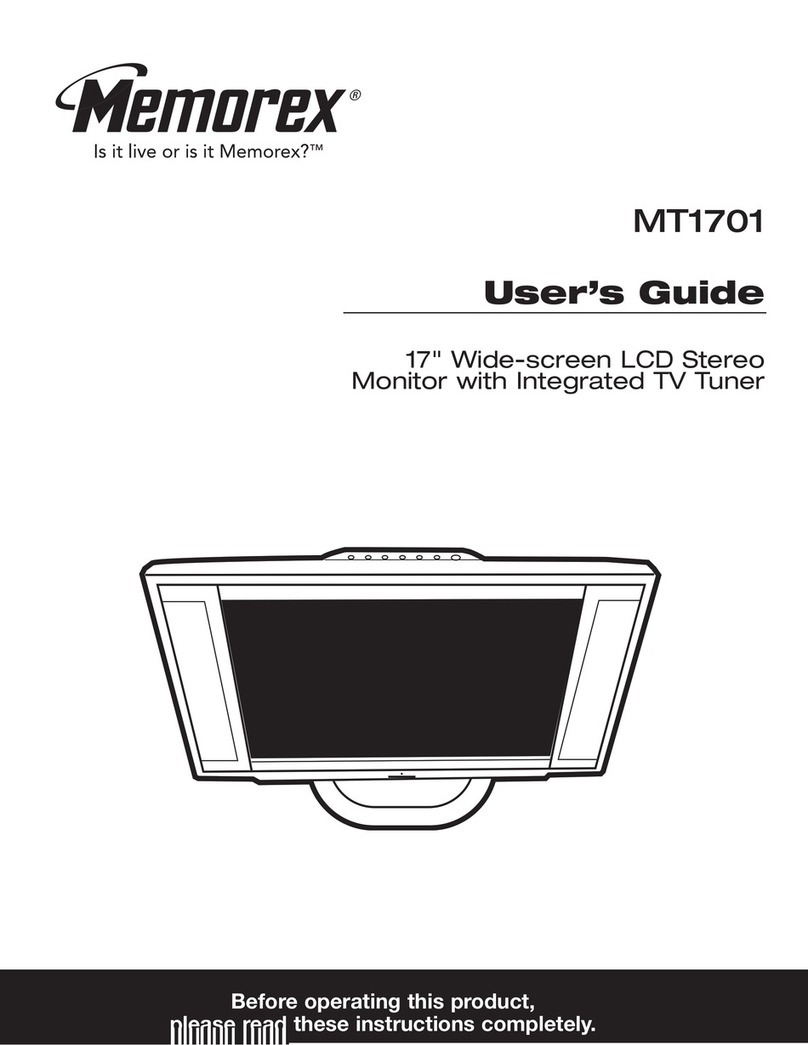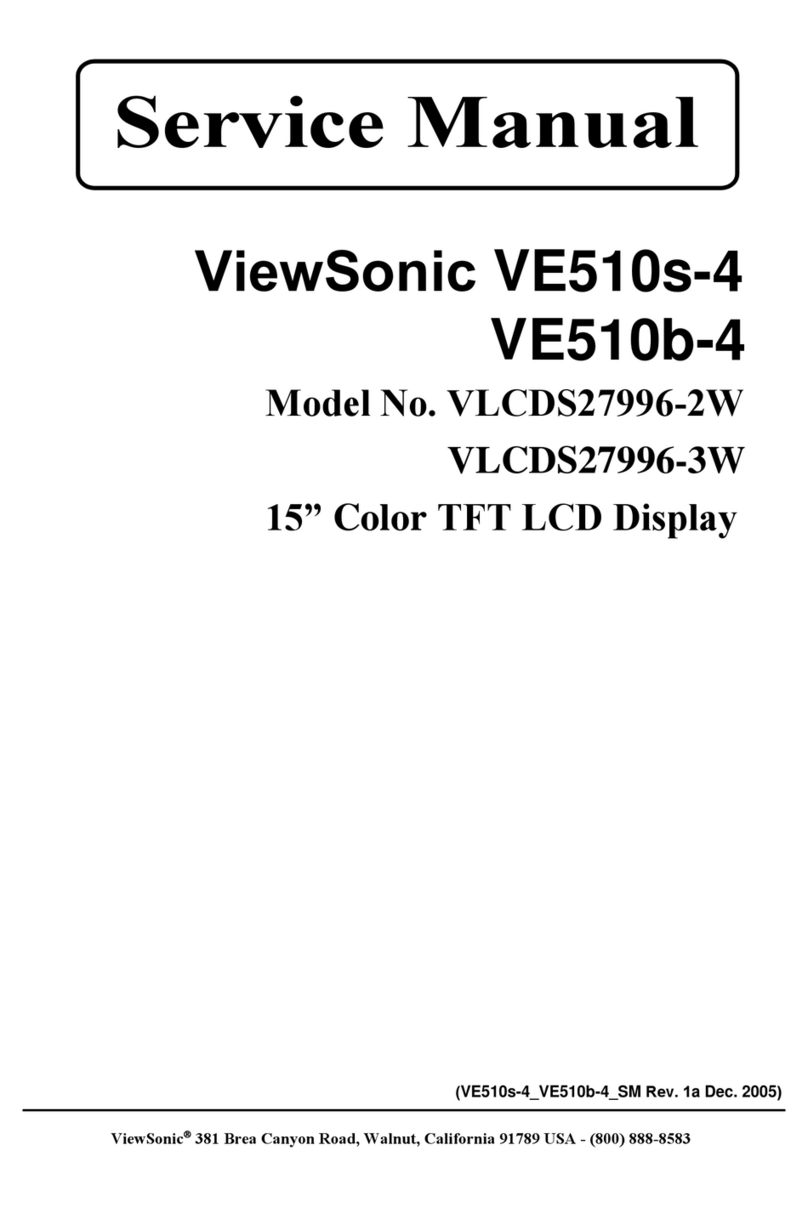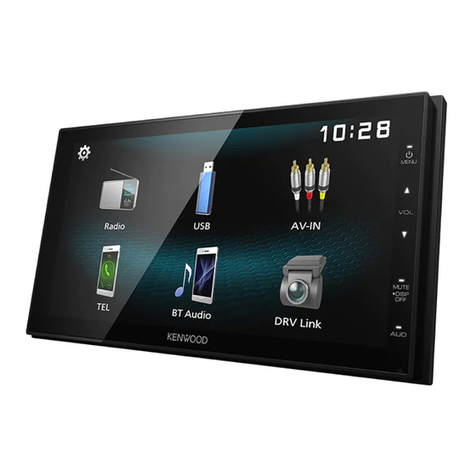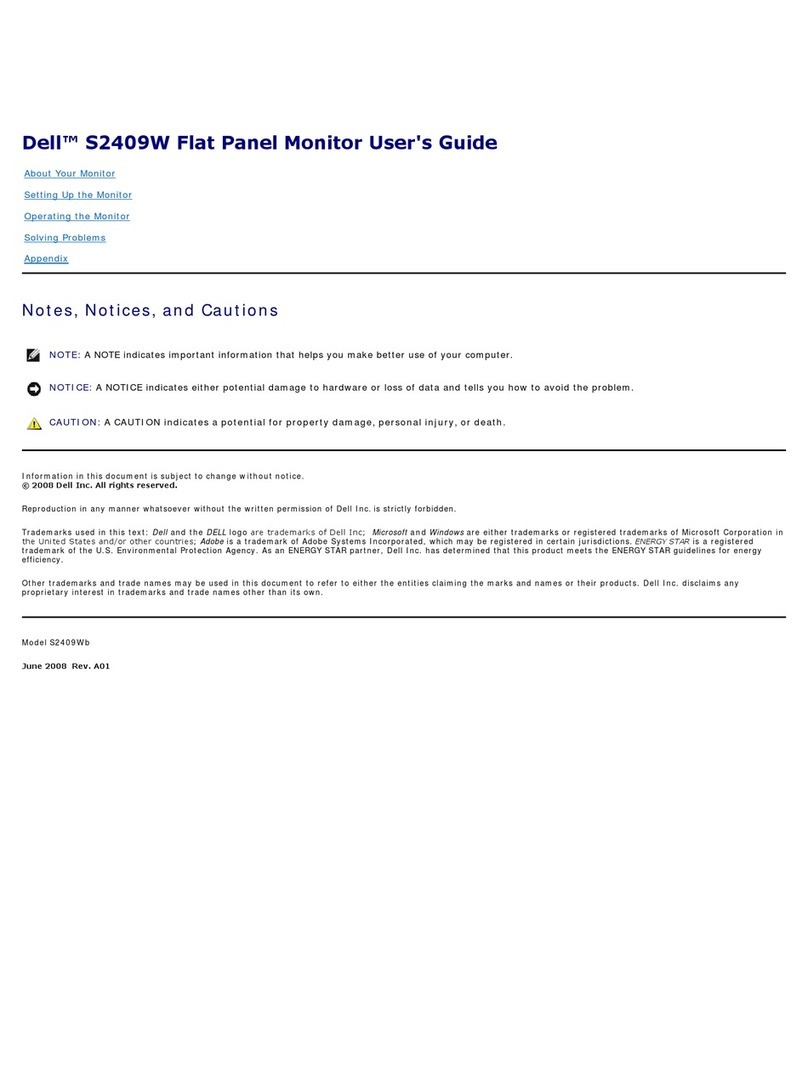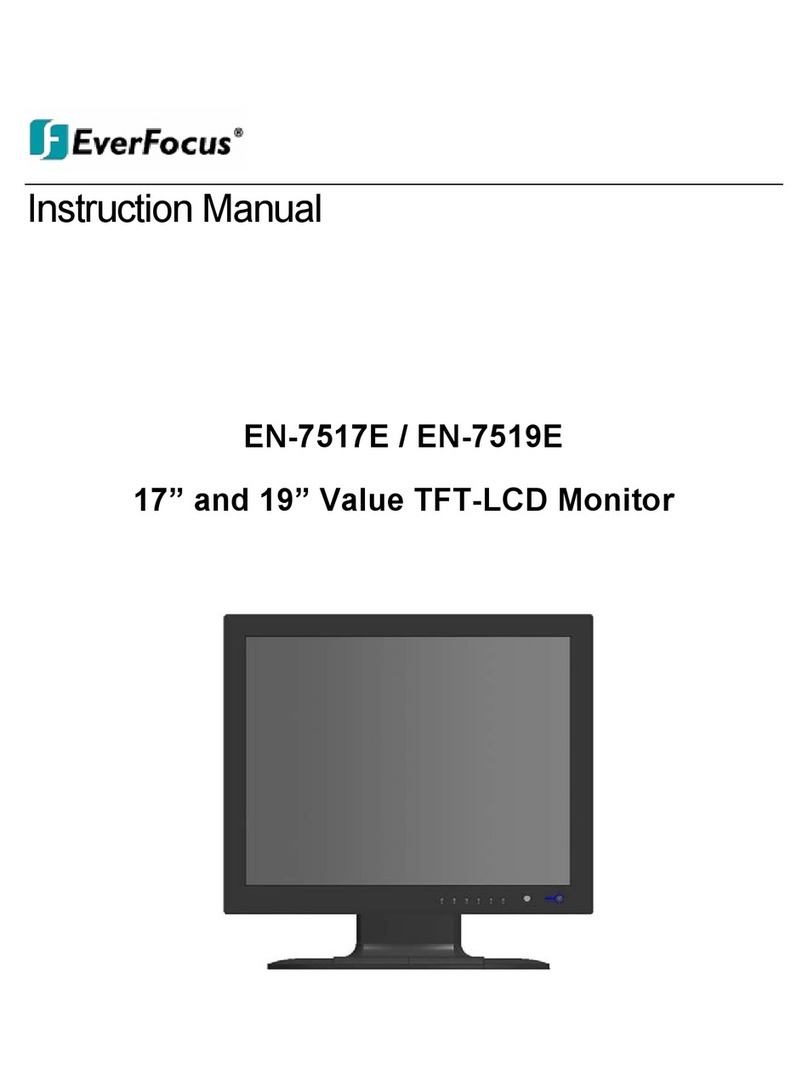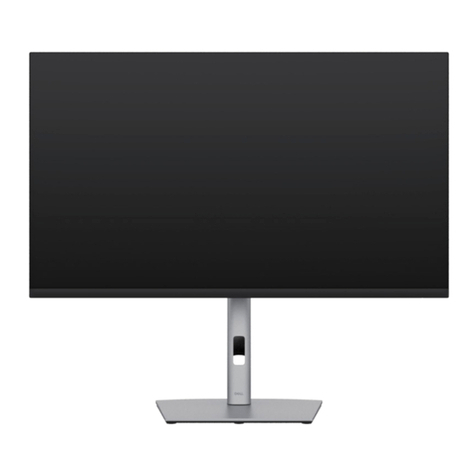CHICAGO 98568 User manual

Table of Contents
1. Safety Precautions and Warnings.......................................1
2. General Information ............................................................2
2.1 On-Board Diagnostics (OBD) II...............................2
2.2 Diagnostic Trouble Codes (DTCs) ...........................2
2.3 Location of the Data Link Connector (DLC)..........3
2.4 OBD II Readiness Monitors .....................................4
2.5 OBD II Monitor Readiness Status ...........................5
2.6 OBD II Definitions.....................................................6
3. Using the Code Reader.........................................................8
3.1 Tool Description ........................................................8
3.2 Specifications .............................................................9
3.3 Accessories Included .................................................9
3.4 Navigation Characters ..............................................9
3.5 Vehicle Power.............................................................9
3.6 Product Setup...........................................................10
3.7 Vehicle Coverage .....................................................13
4. OBD II Diagnostics.............................................................14
4.1 Reading Codes .........................................................15
4.2 Erasing Codes ..........................................................16
4.3 Viewing Freeze Frame Data ...................................17
4.4 Retrieving I/M Readiness Status............................19
4.5 Viewing Vehicle Information..................................22
4.6 Exiting OBDII Test .................................................23
5. Warranty and Service ........................................................25

1
1. Safety Precautions and Warnings
To prevent personal injury or damage to vehicles and/or the code
reader, read this instruction manual first and observe the
following safety precautions at a minimum whenever working on
a vehicle:
zAlways perform automotive testing in a safe environment.
zWear safety eye protection that meets ANSI standards.
zKeep clothing, hair, hands, tools, test equipment, etc. away from
all moving or hot engine parts.
zOperate the vehicle in a well ventilated work area: Exhaust gases
are poisonous.
zPut blocks in front of the drive wheels and never leave the vehicle
unattended while running tests.
zUse extreme caution when working around the ignition coil,
distributor cap, ignition wires and spark plugs. These components
create hazardous voltages when the engine is running.
zPut the transmission in PARK (for automatic transmission) or
NEUTRAL (for manual transmission) and make sure the parking
brake is engaged.
zKeep a fire extinguisher suitable for gasoline/chemical/ electrical
fires nearby.
zDon’t connect or disconnect any test equipment while the ignition
is on or the engine is running.
zKeep the code reader dry, clean, free from oil/water or grease. Use
a mild detergent on a clean cloth to clean the outside of the code
reader, when necessary.

2
2. General Information
2.1 On-Board Diagnostics (OBD) II
The first generation of On-Board Diagnostics (called OBD I) was
developed by the California Air Resources Board (ARB) and
implemented in 1988 to monitor some of the emission control
components on vehicles. As technology evolved and the desire to
improve the On-Board Diagnostic system increased, a new generation of
On-Board Diagnostic system was developed. This second generation of
On-Board Diagnostic regulations is called "OBD II".
The OBD II system is designed to monitor emission control systems
and key engine components by performing either continuous or
periodic tests of specific components and vehicle conditions. When a
problem is detected, the OBD II system turns on a warning lamp (MIL)
on the vehicle instrument panel to alert the driver typically by the
phrase of “Check Engine” or “Service Engine Soon”. The system will
also store important information about the detected malfunction so that
a technician can accurately find and fix the problem. Here below
follow three pieces of such valuable information:
1) Whether the Malfunction Indicator Light (MIL) is
commanded 'on' or 'off';
2) Which, if any, Diagnostic Trouble Codes (DTCs) are stored;
3) Readiness Monitor status.
2.2 Diagnostic Trouble Codes (DTCs)
OBD II Diagnostic Trouble Codes are codes that are stored by the
on-board computer diagnostic system in response to a problem found
in the vehicle. These codes identify a particular problem area and are
intended to provide you with a guide as to where a fault might be
occurring within a vehicle. OBD II Diagnostic Trouble Codes consist
of a five-digit alphanumeric code. The first character, a letter,
identifies which control system sets the code. The other four characters,
all numbers, provide additional information on where the DTC
originated and the operating conditions that caused it to set. Here
below is an example to illustrate the structure of the digits:

3
2.3 Location of the Data Link Connector (DLC)
The DLC (Data Link Connector or Diagnostic Link Connector) is the
standardized 16-cavity connector where diagnostic code readers
interface with the vehicle's on-board computer. The DLC is usually
located 12 inches from the center of the instrument panel (dash), under
or around the driver’s side for most vehicles. If Data Link Connector is
not located under dashboard, a label should be there telling location.
For some Asian and European vehicles, the DLC is located behind the
ashtray and the ashtray must be removed to access the connector. If the
DLC cannot be found, refer to the vehicle’s service manual for the
location.
Identifying specific
malfunctioning
section of the
s
y
stems
Systems
B=Body
C=Chassis
P=Powertrain
U=Network
DTC Example
P0202
Code Type
Generic (SAE):
P0, P2, P34-P39
B0, B3
C0, C3
U0, U3.
Manufacturer Specific:
P1, P30-p33
B1, B2
C1, C2
U1, U2
Sub-systems
1= Fuel and Air Metering
2= Fuel and Air Metering
3= Ignition System or Engine Misfire
4= Auxiliary Emission Controls
5= Vehicle Speed Control and Idle
Controls
6= Computer Output Circuits
7= Transmission Controls
8= Transmission Controls

2.4 OBD II Readiness Monitors
An important part of a vehicle’s OBD II system is the Readiness
Monitors, which are indicators used to find out if all of the emissions
components have been evaluated by the OBD II system. They are
running periodic tests on specific systems and components to ensure
that they are performing within allowable limits.
Currently, there are eleven OBD II Readiness Monitors (or I/M
Monitors) defined by the U.S. Environmental Protection Agency
(EPA). Not all monitors are supported by all vehicles and the exact
number of monitors in any vehicle depends on the motor vehicle
manufacturer’s emissions control strategy.
Continuous Monitors -- Some of the vehicle components or systems
are continuously tested by the vehicle’s OBD II system, while others
are tested only under specific vehicle operating conditions. The
continuously monitored components listed below are always ready:
1)Misfire
2)Fuel System
3)Comprehensive Components (CCM)
Once the vehicle is running, the OBD II system is continuously
checking the above components, monitoring key engine sensors,
watching for engine misfire, and monitoring fuel demands.
Non-Continuous Monitors -- Unlike the continuous monitors, many
emissions and engine system components require the vehicle to be
4
Table of contents
